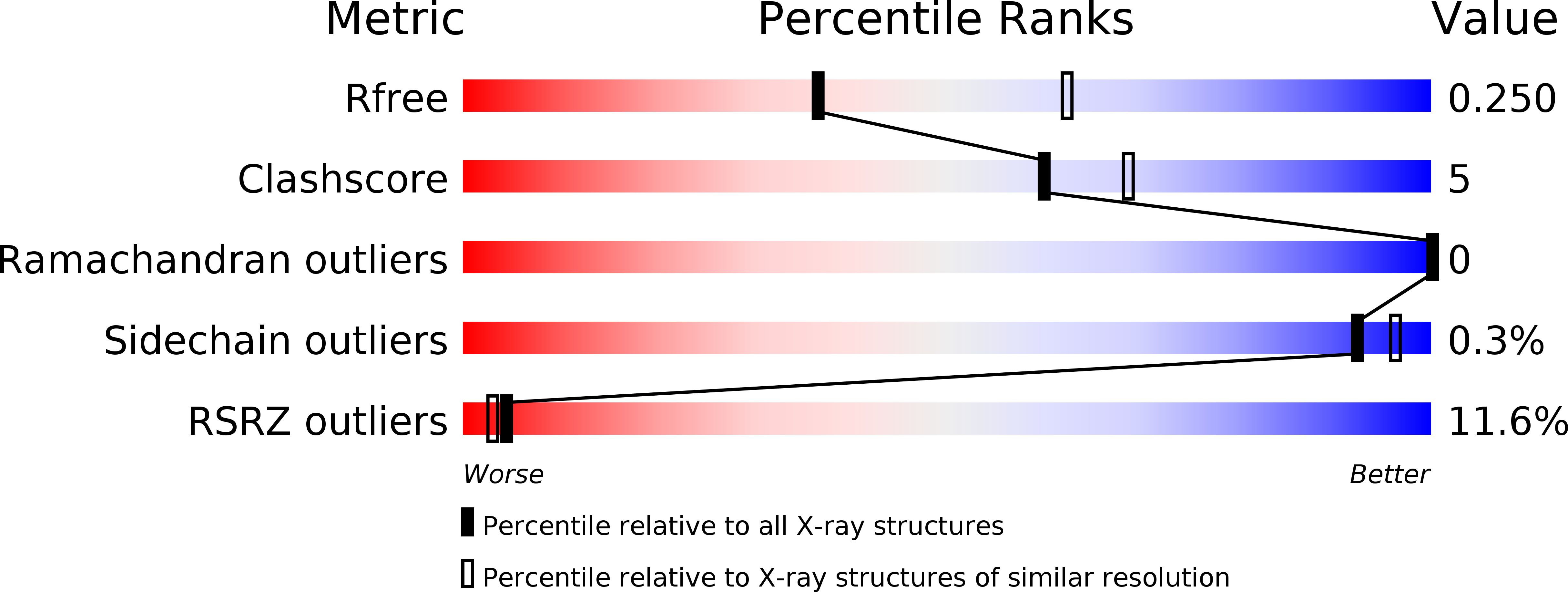
Deposition Date
2019-09-30
Release Date
2020-03-25
Last Version Date
2024-10-23
Entry Detail
PDB ID:
6UI4
Keywords:
Title:
Crystal structure of phenamacril-bound F. graminearum myosin I
Biological Source:
Source Organism:
Host Organism:
Method Details:
Experimental Method:
Resolution:
2.65 Å
R-Value Free:
0.24
R-Value Work:
0.21
R-Value Observed:
0.21
Space Group:
P 21 21 21


